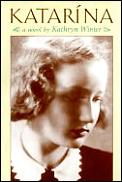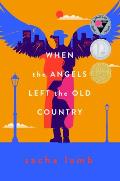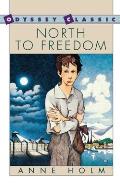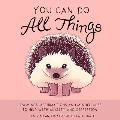
Subtitle: A Mother’s Journey Through Grieving
Recommended to me by: the author
Maureen Larkin Ustenci lucidly shares the raw shock and shattering grief of losing her beloved only son to sudden death in a mountain lake just after he graduated from high school. She also shares joyful stories of raising him in multicultural Berkeley with her Turkish husband. This is a love letter to her son Efejon, to her husband Mustafa, to the city of Berkeley, and to the community that surrounded them and bore them up in their terrible grief.
The book moved me to tears and also delighted me with its depiction of family members, friends, traveling in Turkey, and raising a child who never stopped talking. It dips into the depths and rises again, acknowledging both unbearable pain and the people who reached out again and again to help them bear it with kindness, generosity, and warmth.





